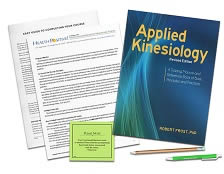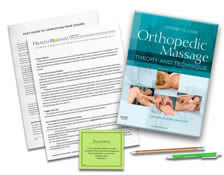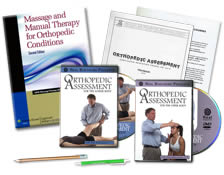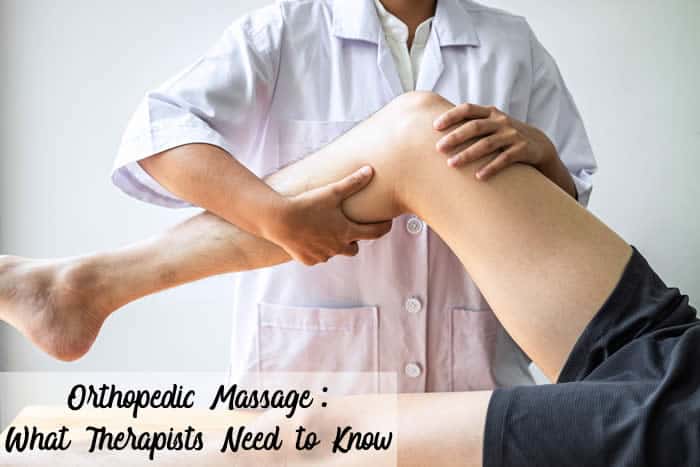

The term orthopedic massage has become popular in the last twenty years. Essentially, orthopedic massage is a form of soft tissue injury rehabilitation focusing on muscles and connective tissues directly impacting joints.
Merriam-Webster’s medical dictionary defines orthopedic “as a branch of medicine related to correction of deformities, disorders and injuries to the skeleton system and associated structures which include joints and ligaments.” This definition contrasts with the typical scope of practice of massage therapists which entails working with soft tissues of the body. Soft tissues are defined in medicine as muscles and connective tissues such as tendons and ligaments.
Orthopedic massage is supportive of medical disciplines which directly impact bones, joints and ligaments. A massage therapist specializing in orthopedic massage may work complementary with osteopaths and chiropractors.
Orthopedic massage practice entails two primary facets:
- Assessment
- Hands-on techniques
Assessment Skills
Sound assessment skills allow a therapist to determine root causes and impacts of musculoskeletal injuries, thus allowing a therapist to ascertain the proper hands-on techniques coupled with complementary pain management options.
Assessment skills are important for massage therapists to develop. This takes critical thinking and understanding key fundamentals of massage therapy principles and practice. I would encourage a massage therapist to perform assessment methods prior to session, offer the massage treatment, and perform the same assessment methods after session completion to witness improvements in physical function.
The assessment portion of orthopedic massage practice utilizes tests which determine causes of musculoskeletal challenges. A massage therapist can take these results from testing to determine ancillary additions into the massage session itself. Adding passive movement and stretching can improve joint range of motion. Adding topical agents and extra bolstering support may alleviate pain that clients experience upon the table. Adding breathwork and compressive holds can help calm the nervous system.
Hands-On Application
The hands-on application of orthopedic massage practice utilizes massage therapy principles and approaches to restore alignment and encourage healing of soft tissues which directly impact hard tissues.
Fundamental Massage Strokes
Therapists utilize the fundamental strokes of classic (Swedish) massage study to achieve a desired goal.
- Effleurage calms the nervous system.
- Petrissage directly addresses muscle tissue in both stimulating muscle spindle cells and mobilizing myofibrils, thus creating space within muscles.
- Friction will directly address connective tissues within and surrounding muscle fascicles. Vibration and tapotement application can affect underlying organ structures and neurological organs within muscles and tendons.
All these strokes can have either relaxing or stimulating effects depending upon the speed, rhythm, pressure and time applied to the body.
Note that Swedish massage does not imply relaxation, as many therapists insinuate in description. True Swedish massage entails using the five fundamental strokes aforementioned to create therapeutic effects within soft tissues.
Clinical styles of massage (such as orthopedic massage) do not succumb to the spa industry’s “relaxing versus deep tissue” archaic mindset. Rather, clinical approaches utilize the Swedish strokes in appropriate manners to achieve desired goals in either relaxing or stimulating muscles and neurological organs.
Kinesiology and Orthopedic Massage
A sound understanding of kinesiology is essential to orthopedic massage practice.
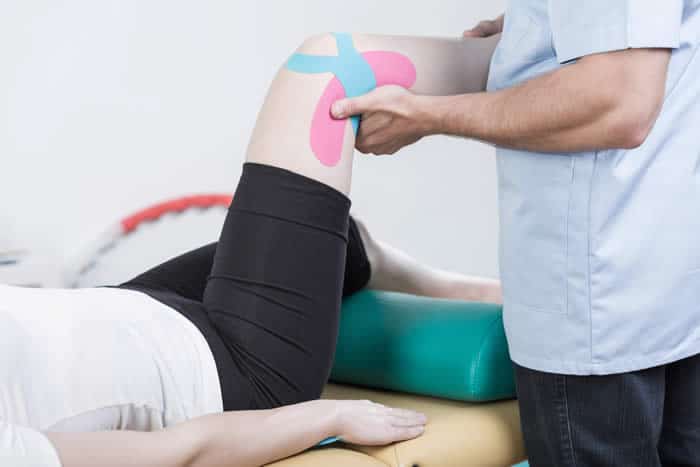
Understanding kinetics, which entails studying forces acting upon the body to generate or alter motion, will help a therapist assess a client’s functional capacity. Learning the kinematics of a client’s movement patterns helps a therapist understand how a client uses their body to their advantage or disadvantage. Examining a client’s open and closed kinetic chains with movements also helps a therapist assess movement-based dysfunction accurately.
Example: The Drop Arm Test
An example of orthopedic massage assessment and hands-on deduction can highlight the thought process about performing this approach of massage. The Drop Arm Test is an example of assessing injury to the glenohumural (shoulder) joint. This test involves a client standing with affected arm abducted to 90o, then asked to adduct arm slowly towards their body. Inability to lower the arm smoothly indicates rotator cuff injury (specifically Supraspinatus).
From the orthopedic massage perspective, a positive sign with Drop Arm Test guides one to the set of treatment options. Knowing there is a rotator cuff injury, a therapist can ask about the nature of the injury. If a client is presently feeling the effects of the injury, they can accurately describe what they are experiencing in the present moment. If a client is not presently feeling pain nor any abnormal sensations, the practitioner may still ask about what symptoms have been experienced in the past.
Treatment Options
Treatments for rotator cuff muscular injuries such as strains can involve employing varying treatment options. Working with a physical therapist may be vital to ensure a patient heals effectively.
(P)RICE Method
A traditional approach towards addressing strains and other musculoskeletal injuries is the RICE method:
- Rest
- Ice
- Compression
- Elevation
Some therapists may add a P to the beginning (PRICE) – adding Protection to the list.
MEAT Method
Another widely accepted approach employed these days is the MEAT method:
- Movement
- Exercises
- Analgesics
- Treatments
Encouraging healthy movement induction sooner than later can greatly increase chance of muscle tissue healing effectively with less atrophy and/or scar tissue development.
Additionally, physical therapists are employing PEACE and LOVE to musculoskeletal injuries.
PEACE Method
- Protect the injured area by unloading and restricting movement, yet still allowing for small degrees of movement.
- Elevate to promote interstitial fluid out of the injured tissues.
- Avoid Anti-Inflammatory Modalities to ensure long-term benefits of tissue healing can be maximized which also includes avoiding ice.
- Compress to avoid intra-tissue bleeding and edema yet still allowing for small degrees of movement.
- Educate patients about their condition, movement and exercises to expedite healing, other ancillary treatments to support healing and ways to avoid further injury.
LOVE Method
- Load expressed upon the healing region will improve benefits for the client.
- Optimism to help patients recover as mental attitudes of healing do influence results.
- Vascularization as a pain-free cardiovascular activity will yield more positive results both physically – via the presence of improved vascular flow – and mentally – via improved view of how their body can perform.
- Exercises which will support tissue healing and strengthening.
Conclusion
As one learns and practices orthopedic massage, one’s anatomy, physiology, kinesiology and pathology knowledge increases. This knowledge can propel them deep into the medical realm. Showing benefits in terms of functional significance will aid massage therapists with insurance billing and bolstering confidence in the effectiveness of the work.
I encourage any orthopedic massage therapist to conduct formal research with patients showing how orthopedic massage aids patients in a quantitative manner. More research in this regard will lend more credibility to the efficacy of massage therapy. Seek opportunities to work with physical therapists, osteopaths, chiropractors and similar professionals to advance the work of orthopedic Massage.

